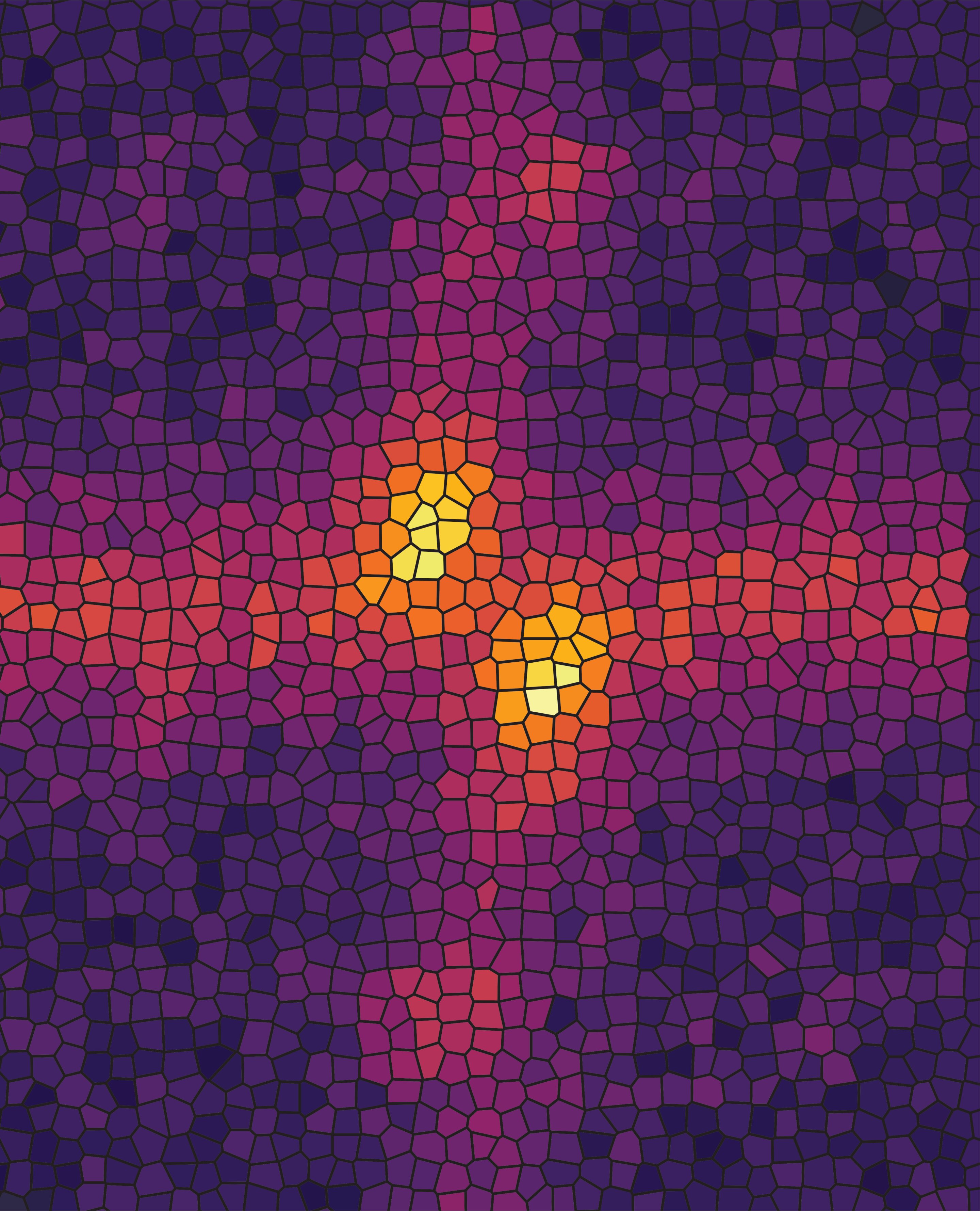博文
研究人员找到了丢失的光子链路,从而实现了全硅量子互联网
 精选
精选
||
研究人员找到了丢失的光子链路,从而实现了全硅量子互联网
诸平
据加拿大西蒙弗雷泽大学(Simon Fraser University简称SFU, British Columbia, Canada)2022年7月13日提供的消息,加拿大研究人员找到了丢失的光子链路,从而实现了全硅量子互联网(Researchers find the missing photonic link to enable an all-silicon quantum internet)。
西蒙弗雷泽大学(SFU)的研究人员在量子技术的发展上取得了关键的突破。他们的研究结果于2022年7月13日已经在《自然》(Nature)杂志网站发表——Daniel B. Higginbottom, Alexander T. K. Kurkjian, Camille Chartrand, Moein Kazemi, Nicholas A. Brunelle, Evan R. MacQuarrie, James R. Klein, Nicholas R. Lee-Hone, Jakub Stacho, Myles Ruether, Camille Bowness, Laurent Bergeron, Adam DeAbreu, Stephen R. Harrigan, Joshua Kanaganayagam, Danica W. Marsden, Timothy S. Richards, Leea A. Stott, Sjoerd Roorda, Kevin J. Morse, Michael L. W. Thewalt, Stephanie Simmons. Optical observation of single spins in silicon. Nature, 2022, 607: 266–270. DOI: 10.1038/s41586-022-04821-y. Published: 13 July 2022. http://www.nature.com/articles/s41586-022-04821-y
参与此项研究的除了来自SFU的研究人员之外,还有来自加拿大高贵林光子公司(Photonic Inc., Coquitlam, British Columbia, Canada)以及加拿大蒙特利尔大学(University of Montréal, Quebec, Canada)的研究人员。
在此文章中,研究人员描述了他们对超过15万个硅“T中心”( "T center")光子自旋量子比特(photon-spin qubits)的观察,这是一个重要的里程碑,为立即构建可大规模扩展的量子计算机和将它们连接起来的量子互联网提供了机会。
量子计算具有巨大的潜力(enormous potential),可以提供远远超出当今超级计算机能力的计算能力,它可以推动许多其他领域的进步,包括化学(chemistry)、材料科学(materials science)、医学(medicine)和网络安全(cybersecurity)。
为了实现这一目标,需要制造稳定、长寿命的量子比特来提供处理能力,以及能够使这些量子比特大规模连接在一起的通信技术(communications technology)。
过去的研究表明,硅可以生产出业内最稳定、寿命最长的量子比特。现在,由丹尼尔·希金博顿(Daniel B. Higginbottom), 亚历山大·库尔克坚(Alexander T. K. Kurkjian)和合著者发表的研究提供了T中心的原理证明,T中心是硅中的一种特殊的发光缺陷,可以在量子比特之间提供“光子连接”("photonic link")。这一成果来自SFU物理系硅量子技术实验室(SFU Silicon Quantum Technology Lab),由硅量子技术加拿大研究主席斯蒂芬妮·西蒙斯(Stephanie Simmons)和荣誉教授迈克尔·塞沃尔特(Michael Thewalt)共同领导。
斯蒂芬妮·西蒙斯说:“这项工作是对单独的单个T中心的第一次测量,实际上,这是第一次只用光学测量来测量硅中的任何单个自旋。”
斯蒂芬妮·西蒙斯说:“像T中心这样的发射器结合了高性能自旋量子比特(high-performance spin qubits)和光量子(optical photon)生成,是制造可伸缩的分布式量子计算机的理想选择,因为它们可以同时处理和通信,而不需要连接一个处理和一个通信的两个不同的量子技术。”
此外,T中心还具有与当今城域光纤通信和电信网络设备使用的相同波长的光的优势。
斯蒂芬妮·西蒙斯说:“有了T中心,你就可以构建能够与其他处理器进行固有通信的量子处理器。当你的硅量子比特可以通过发射与数据中心和光纤网络相同频段的光子(光)进行通信时,你就可以通过连接量子计算所需的数百万量子比特获得相同的好处。”
利用硅发展量子技术为快速扩展量子计算提供了机会。全球半导体行业已经能够以低廉的成本大规模生产精密程度惊人的硅计算机芯片。从智能手机到世界上最强大的超级计算机,这种技术构成了现代计算和网络的支柱。
斯蒂芬妮·西蒙斯说:“通过找到用硅(silicon)制造量子计算处理器(quantum computing processors)的方法,你可以利用多年来用于制造传统计算机的所有发展、知识和基础设施,而不是为量子制造创造一个全新的行业。这代表着在量子计算机的国际竞赛中几乎不可逾越的竞争优势。”
这项工作利用了由加拿大创新基金会(Canada Foundation for Innovation)、不列颠哥伦比亚省知识发展基金(British Columbia Knowledge Development Fund)、加拿大西部经济多样化(Western Economic Diversification Canada)和西蒙弗雷泽大学支持的4D实验室和硅量子飞跃设施(4D LABS and Silicon Quantum Leap facilities)。这项工作得到了加拿大研究主席计划(Canada Research Chairs program)、研究新前沿基金:探索(New Frontiers in Research Fund: Exploration)、加拿大高级研究学院量子信息科学计划和催化剂基金(Canadian Institute for Advanced Research Quantum Information Science program and Catalyst Fund)、加拿大魁北克研究基金:自然与技术(Le Fonds de recherche du Québec: Nature et technologies)以及加拿大自然科学与工程研究委员会(Natural Sciences and Engineering Research Council of Canada)的支持。
上述介绍,仅供参考。欲了解更多信息,敬请注意浏览原文或者相关报道。
The global quantum internet will require long-lived, telecommunications-band photon–matter interfaces manufactured at scale1. Preliminary quantum networks based on photon–matter interfaces that meet a subset of these demands are encouraging efforts to identify new high-performance alternatives2. Silicon is an ideal host for commercial-scale solid-state quantum technologies. It is already an advanced platform within the global integrated photonics and microelectronics industries, as well as host to record-setting long-lived spin qubits3. Despite the overwhelming potential of the silicon quantum platform, the optical detection of individually addressable photon–spin interfaces in silicon has remained elusive. In this work, we integrate individually addressable ‘T centre’ photon–spin qubits in silicon photonic structures and characterize their spin-dependent telecommunications-band optical transitions. These results unlock immediate opportunities to construct silicon-integrated, telecommunications-band quantum information networks.
https://blog.sciencenet.cn/blog-212210-1347379.html
上一篇:几所文理学院2022年上半年产出成果比较
下一篇:PPPL科学家提出解决一个长期令人费解的核聚变问题




